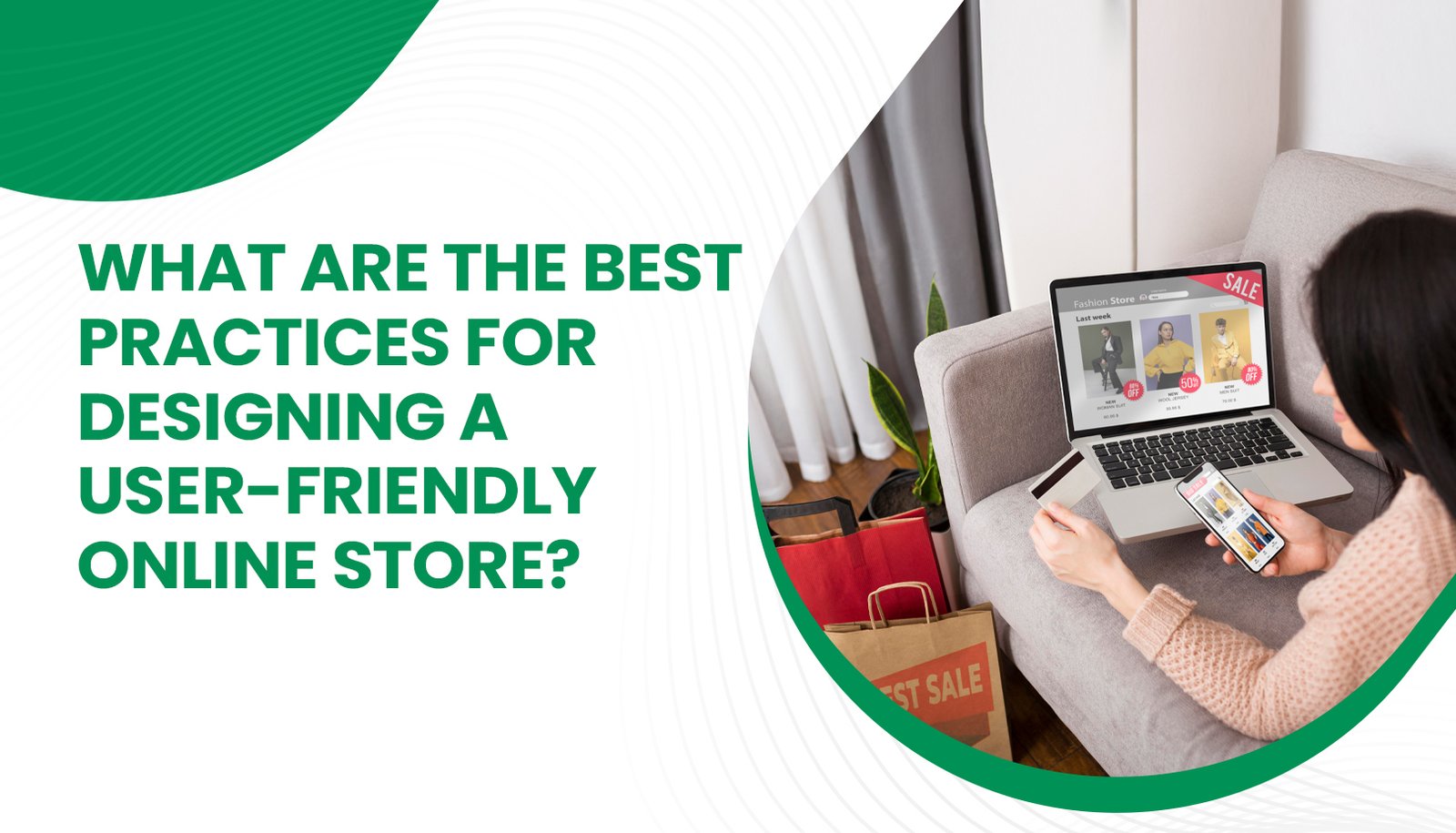Creating an online store is easier than ever, but building one that truly delivers a smooth and enjoyable shopping experience takes careful planning. A well-designed store keeps visitors engaged, encourages purchases, and builds long-term customer loyalty. Whether you’re an entrepreneur looking to
build your own online store or a small business owner using an
easy online store builder, focusing on user-friendly design can make all the difference. By implementing key best practices, you can create an e-commerce site that is not only visually appealing but also optimized for seamless navigation, fast performance, and high conversion rates.
Why a Well-Designed Online Store Matters
In today’s digital era, having an online store isn’t just an option—it’s essential. However, simply launching a website won’t guarantee success. You need an intuitive, visually appealing, and seamless shopping experience that makes purchasing easy for your customers. Whether you’re an entrepreneur looking to
build your own online store or a business owner revamping an existing one, following best practices can help you attract customers, increase conversions, and build brand loyalty.
Simple Navigation for a Seamless Shopping Experience
The first rule of a user-friendly online store is
clear and intuitive navigation. Customers should be able to browse effortlessly, find what they need quickly, and enjoy a smooth shopping journey. Well-structured menus, a powerful search bar, and smart product filters can improve usability. A clutter-free design with high-quality images and well-organized product descriptions enhances user experience, ensuring visitors stay longer and are more likely to make a purchase.
Mobile Optimization: A Non-Negotiable Factor
With more people shopping on their phones, ensuring that your site is
mobile-friendly is critical. If you’re using an
easy online store builder, choose one that offers responsive design templates that automatically adapt to different screen sizes. Additionally, optimizing images, enabling fast-loading features, and simplifying navigation for touchscreens will ensure a smooth mobile shopping experience. A fast and well-optimized mobile site not only improves user satisfaction but also boosts search engine rankings.
A Hassle-Free Checkout Process to Reduce Abandonment
A complicated checkout process is one of the biggest reasons for abandoned carts. Your store should allow customers to complete their purchases quickly, without unnecessary steps. Offering guest checkout, multiple payment options, and auto-filled forms can improve the buying experience. Security is also crucial—displaying SSL certificates, secure payment icons, and trust badges reassures customers that their sensitive information is protected. The easier the checkout process, the higher the chances of converting visitors into buyers.
Personalization and Customer Engagement for Higher Conversions
To create a memorable shopping experience, personalization is key. AI-powered product recommendations, personalized discounts, and an easy-to-use wishlist can help boost engagement and repeat purchases. If you’re using an
easy online store builder, look for features that allow integration of chatbots, live chat, and email marketing tools. Providing quick and accessible customer support via multiple channels enhances user satisfaction, leading to better retention rates and higher conversions.
Final Thoughts: Create an Online Store That Converts
Building a successful e-commerce website is more than just listing products—it’s about creating a
seamless, engaging, and trustworthy shopping experience. When you
build your own online store, focusing on navigation, mobile optimization, checkout simplicity, and personalization will help you stand out in a competitive market. Whether you’re starting from scratch or improving an existing store, following these best practices will ensure your online business thrives and keeps customers coming back for more.

